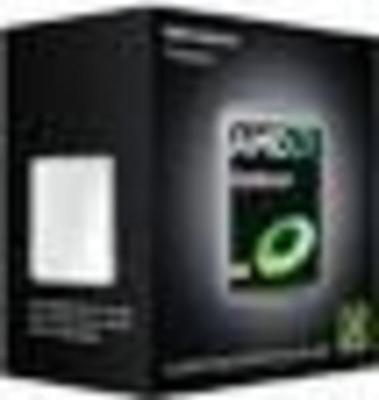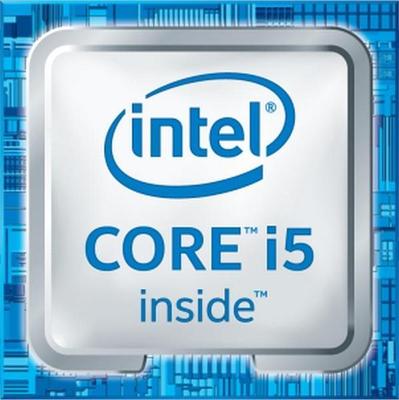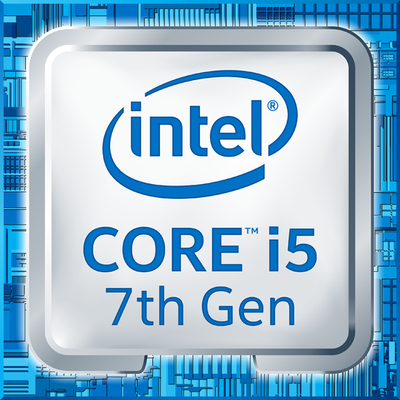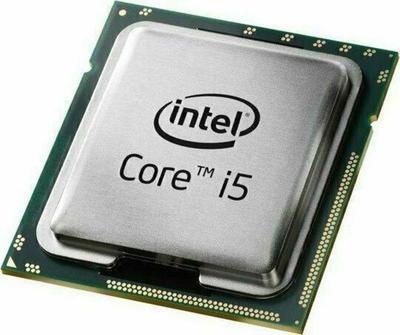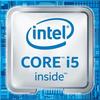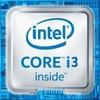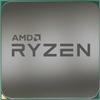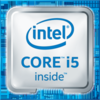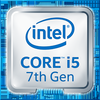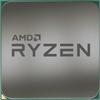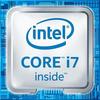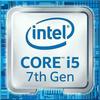Aggiungi prodotti

Noi e i nostri partner utilizziamo i cookie per offrirvi la migliore esperienza online, anche per personalizzare pubblicità e contenuti. I dati relativi alla vostra interazione con questo sito e agli annunci pubblicitari che vi vengono mostrati possono essere condivisi con aziende che si occupano della distribuzione e/o della personalizzazione degli annunci su questo sito e altrove online.
